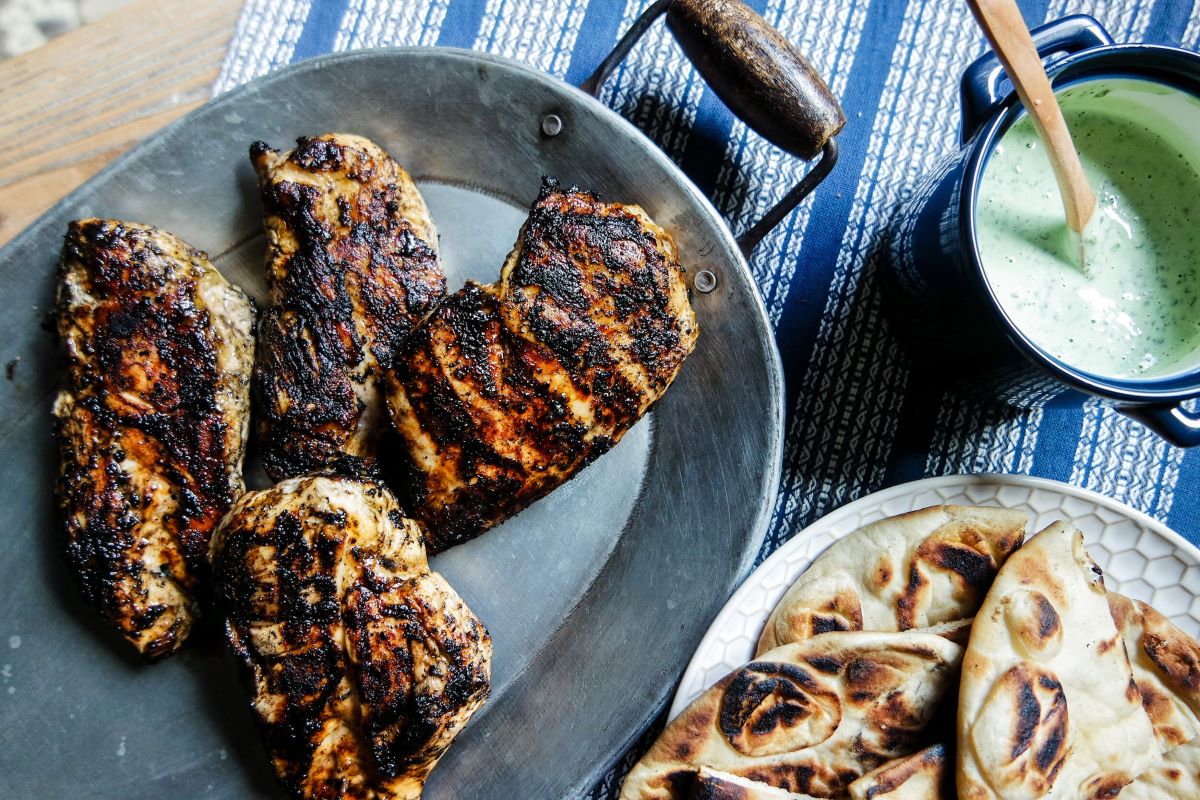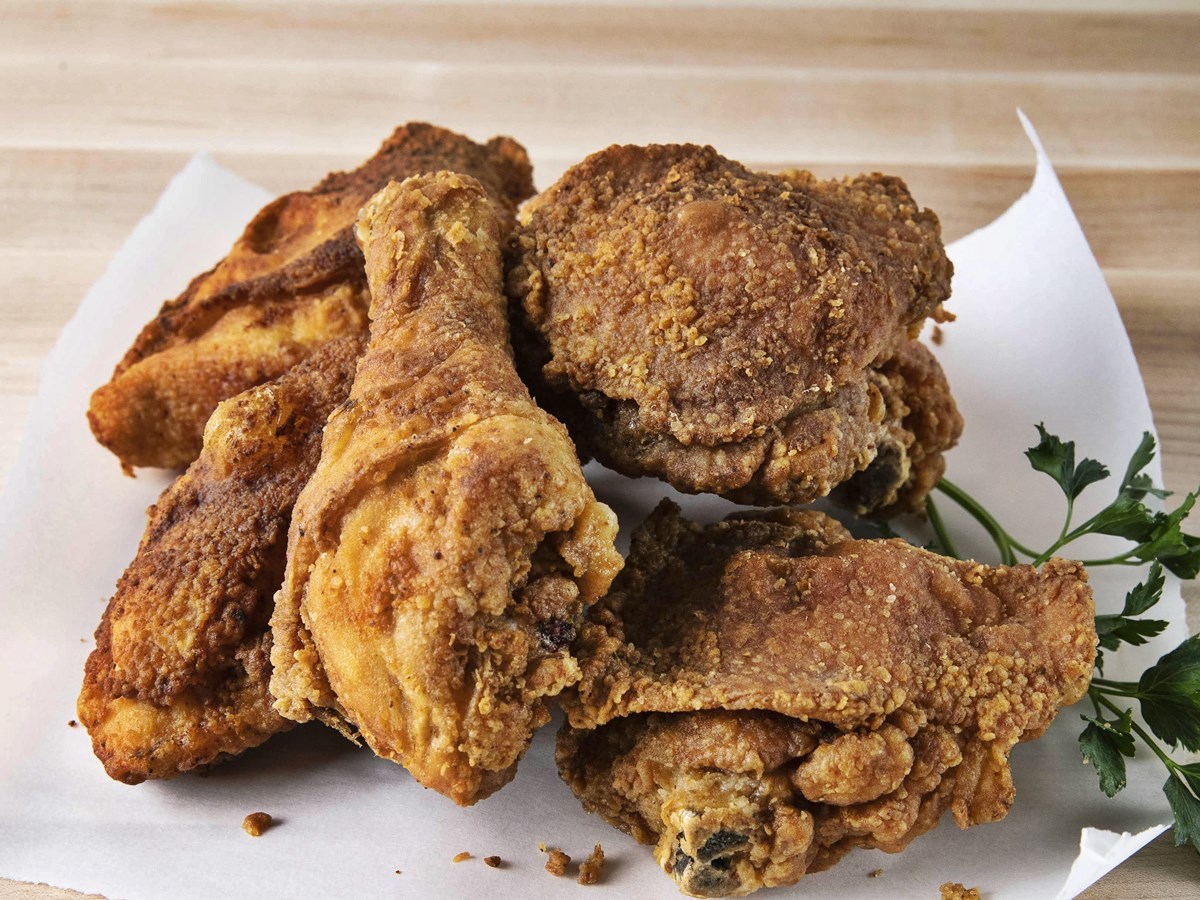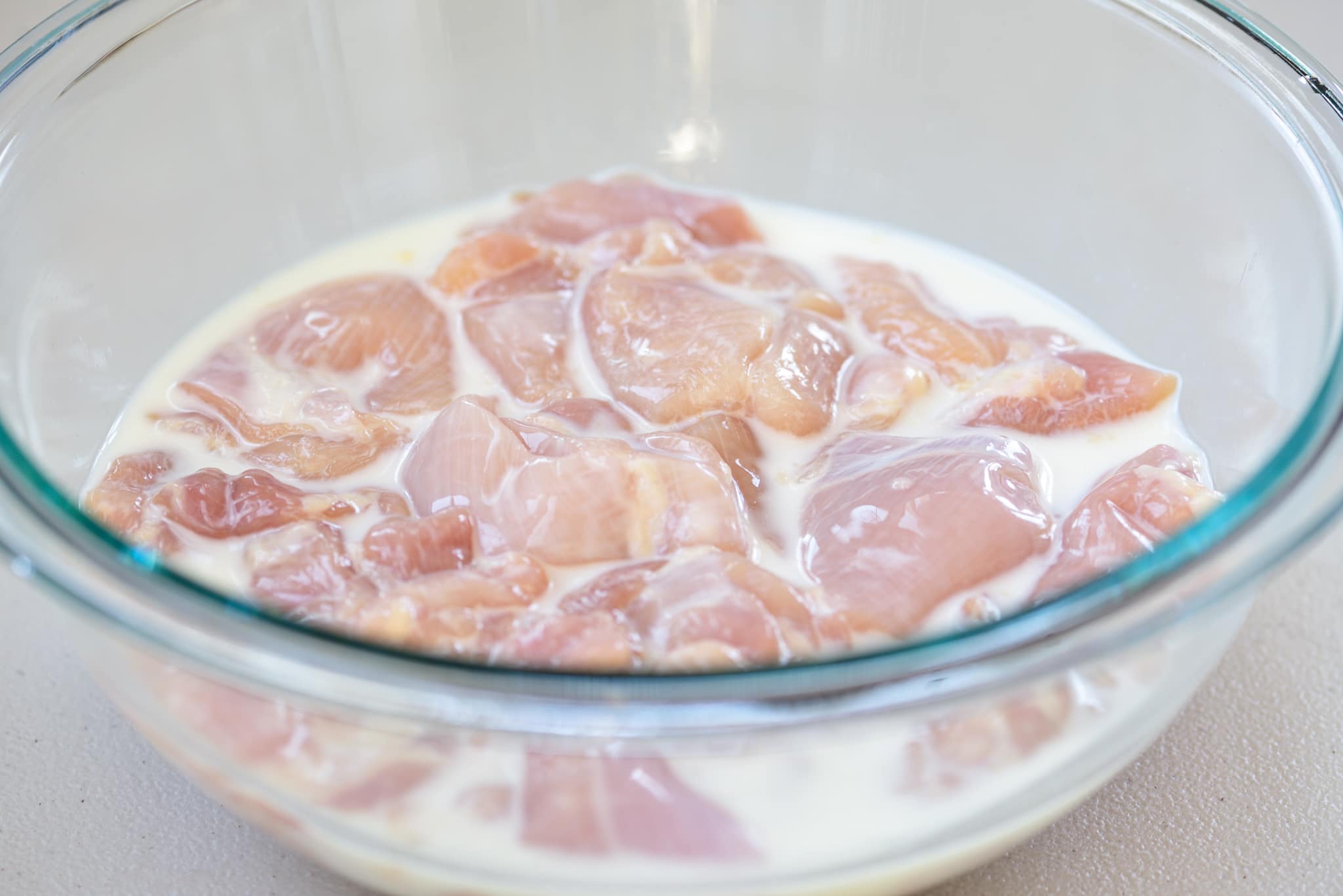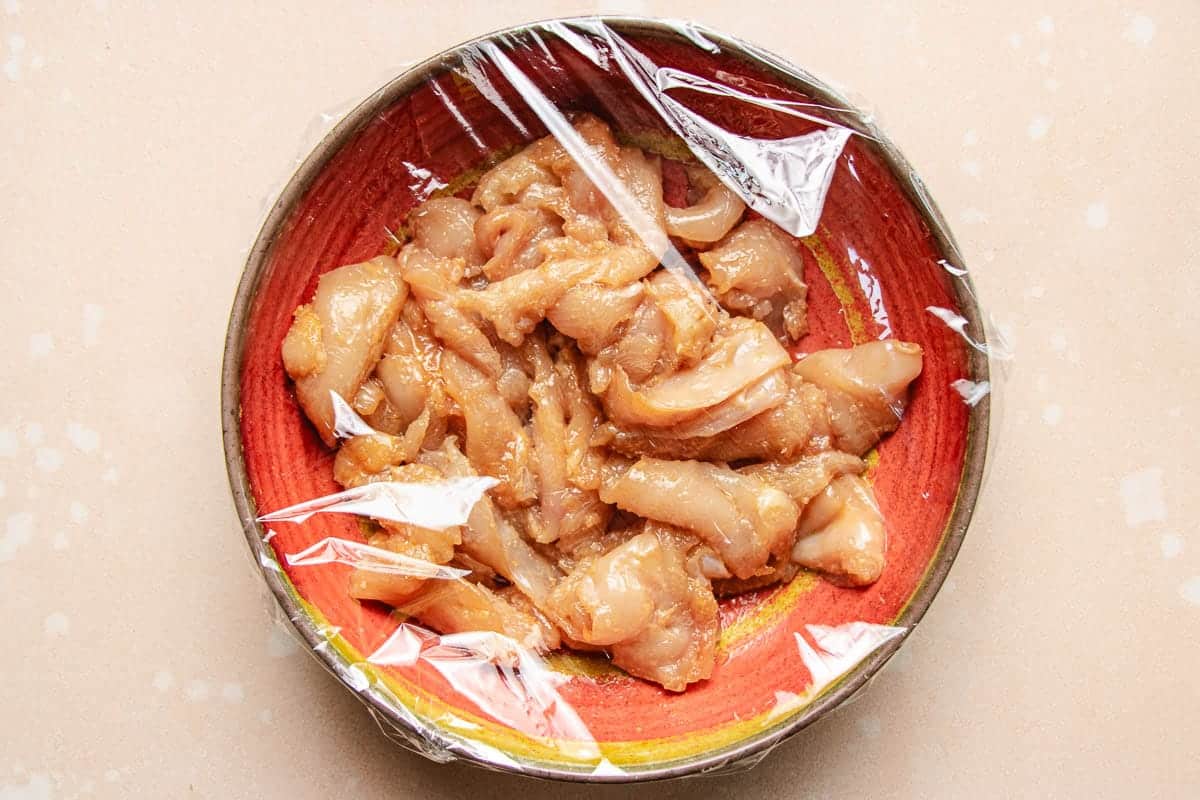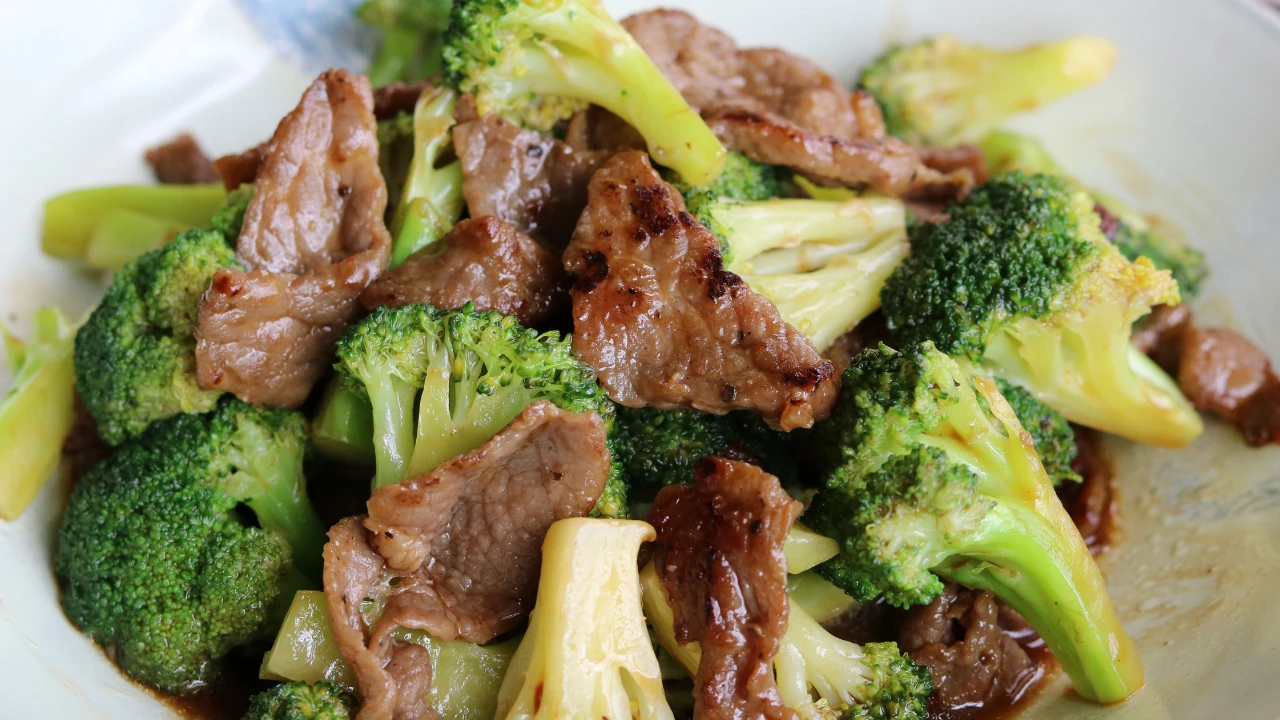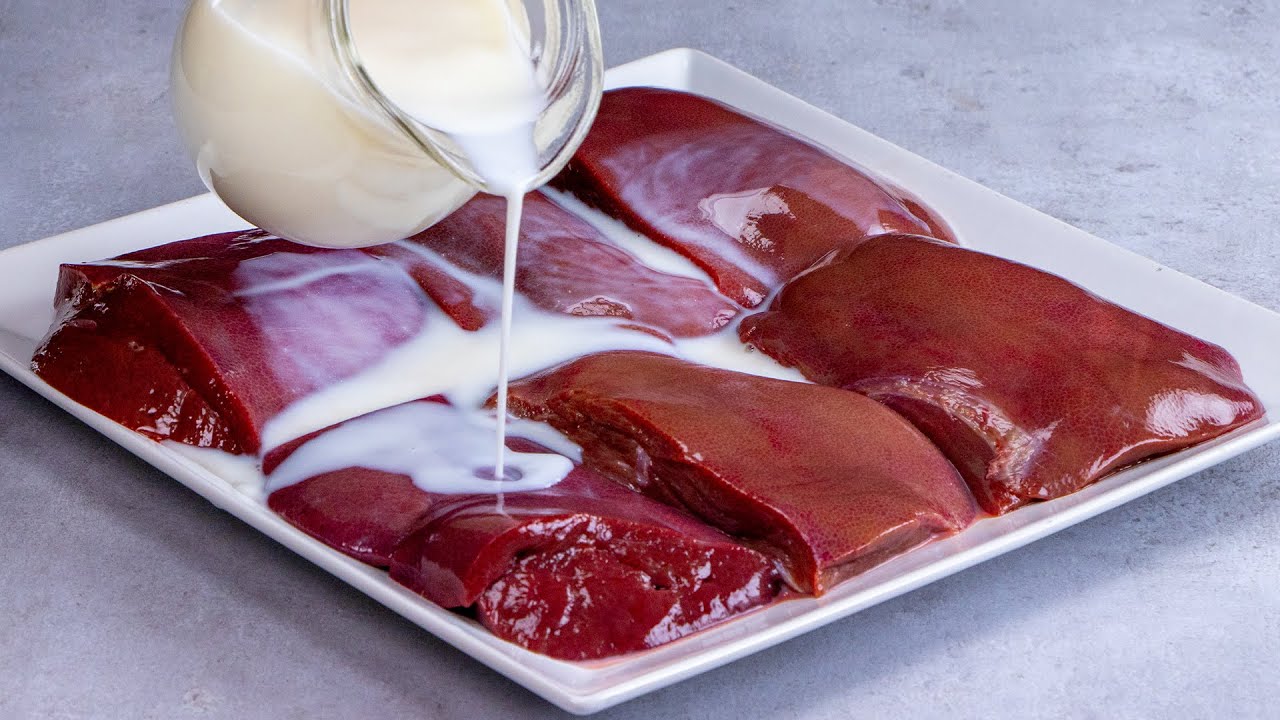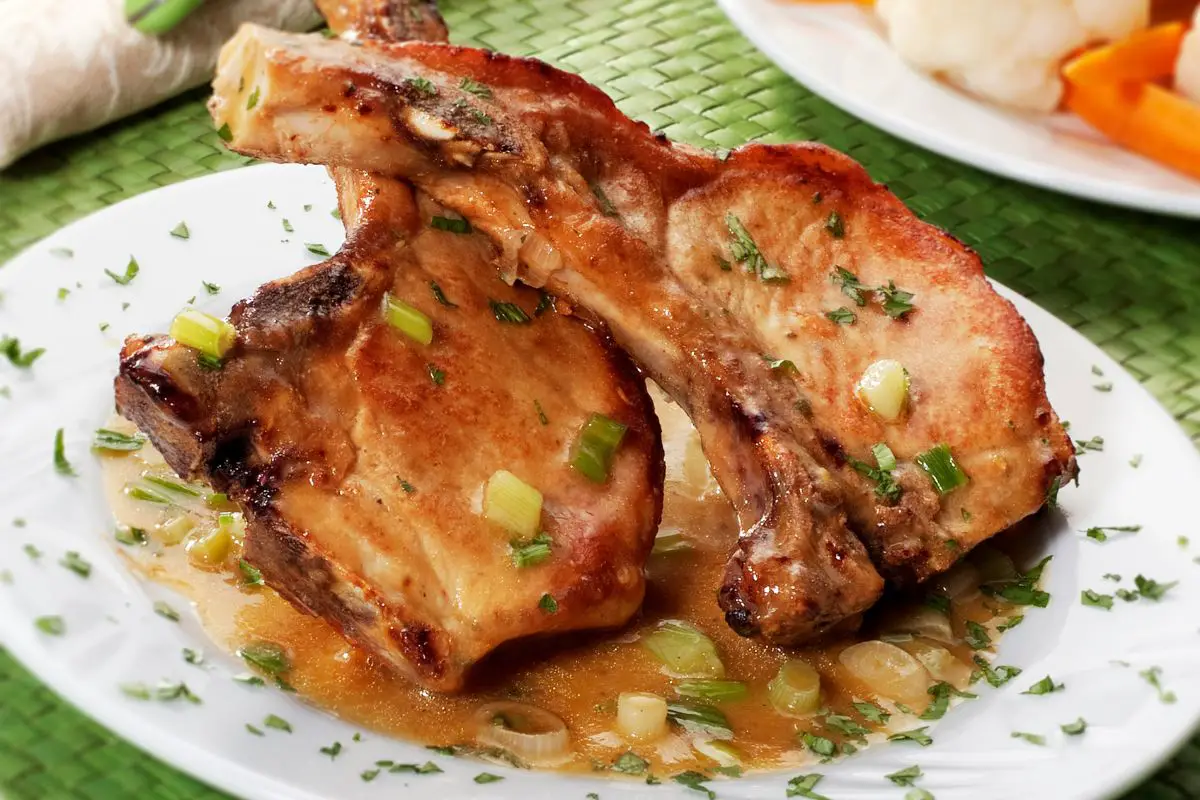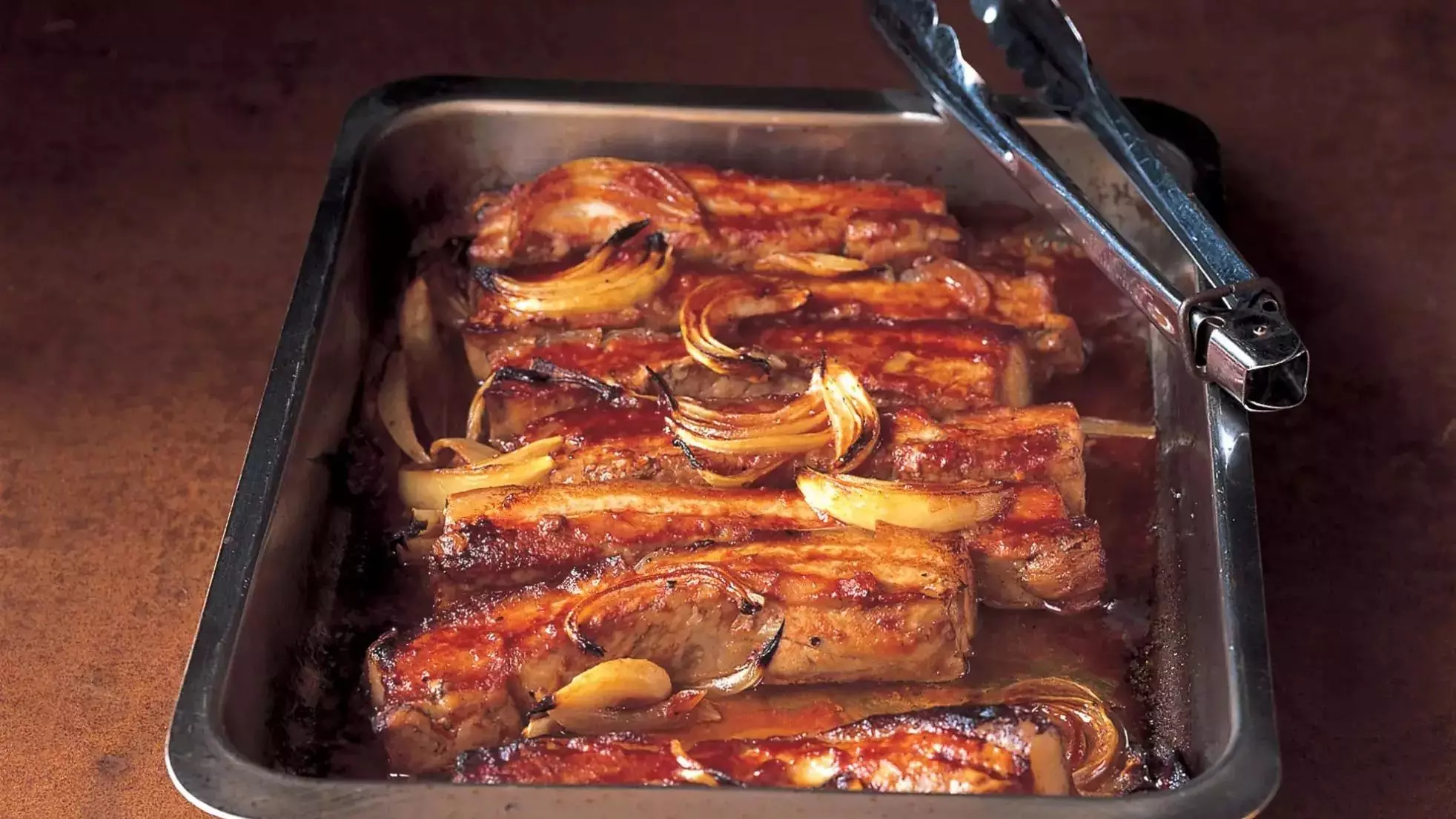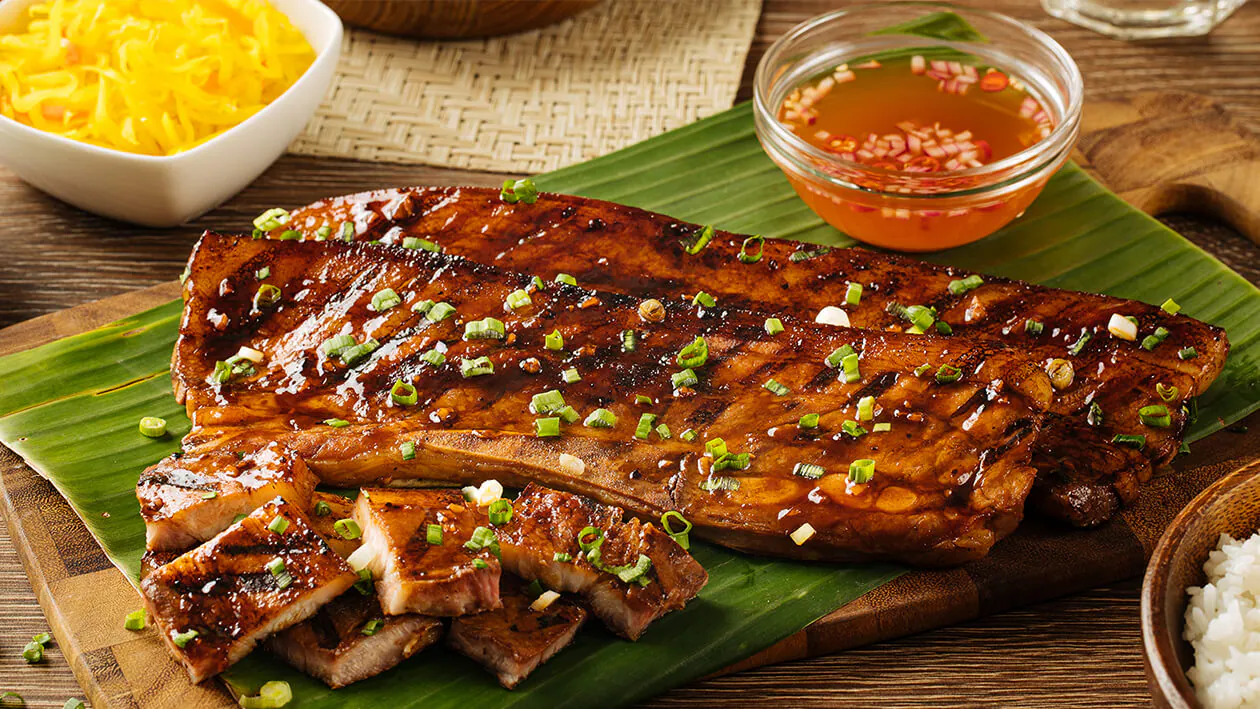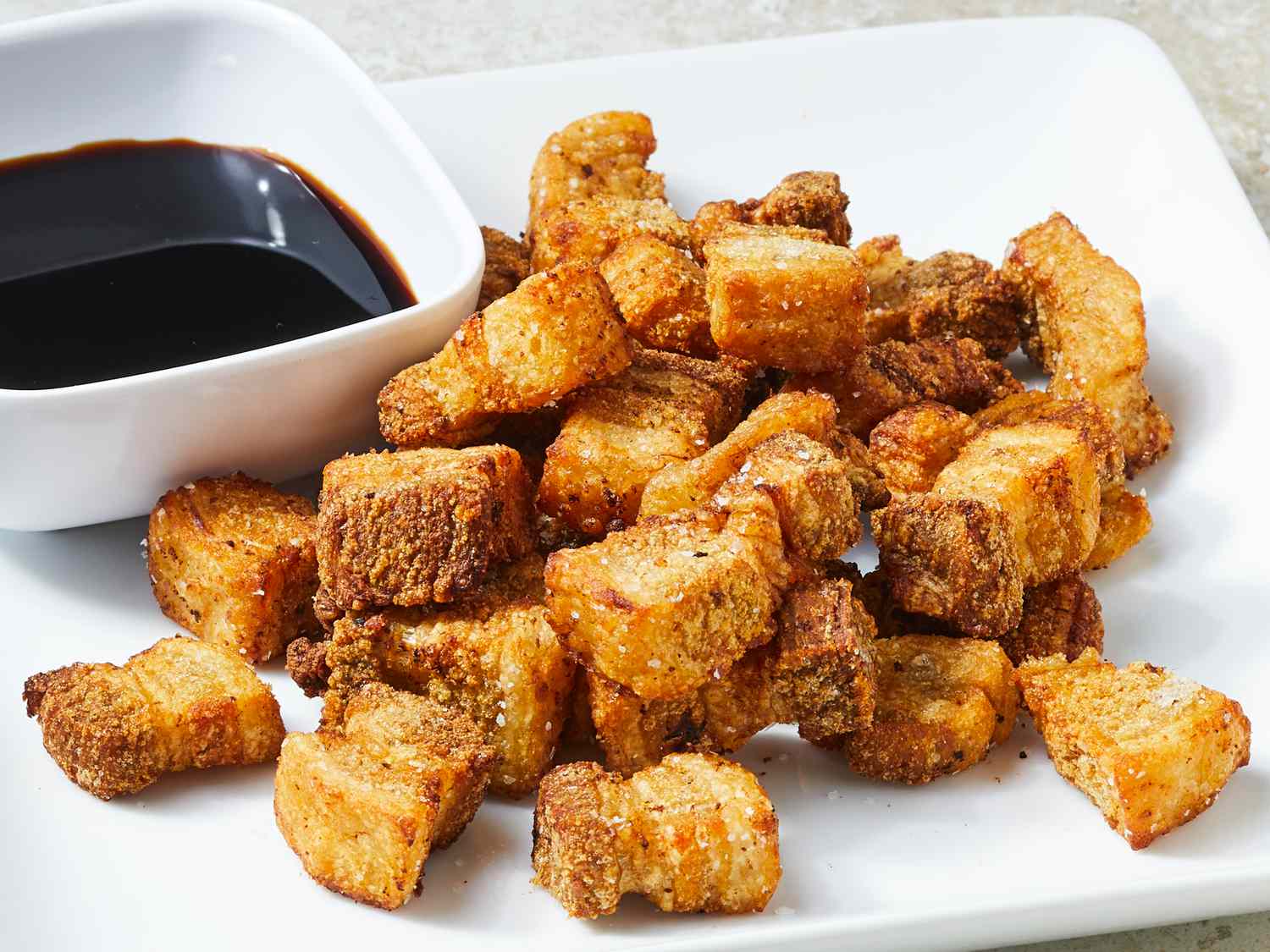Marinating Chicken with Mayonnaise: A Delicious Twist
Marinating chicken is a great way to infuse flavor and tenderness into the meat before cooking. While there are countless marinades to choose from, one unique and delicious option is using mayonnaise. Yes, you read that right – mayonnaise can be a fantastic base for marinating chicken, resulting in juicy, flavorful meat that’s sure to impress your taste buds. In this article, we’ll explore the ins and outs of marinating chicken with mayonnaise and provide a simple recipe for you to try at home.
Why Mayonnaise?
Mayonnaise is a versatile condiment that is often used to add creaminess and richness to dishes. When used as a marinade for chicken, mayonnaise helps to lock in moisture and create a flavorful crust when the chicken is cooked. The combination of oil, eggs, and vinegar in mayonnaise tenderizes the meat and enhances its natural juiciness. Additionally, mayonnaise can act as a carrier for other flavors, allowing you to customize the marinade to your liking.
How to Marinate Chicken with Mayonnaise
Marinating chicken with mayonnaise is a simple and straightforward process. Here’s a basic recipe to get you started:
- Start with boneless, skinless chicken breasts or thighs. Place the chicken in a resealable plastic bag or a shallow dish.
- Season the chicken with salt, pepper, and any other desired herbs or spices. This will add extra flavor to the meat.
- Spread a generous amount of mayonnaise over the chicken, making sure to coat each piece evenly. You can also add other ingredients such as minced garlic, Dijon mustard, or lemon juice to the mayonnaise for added flavor.
- Seal the bag or cover the dish with plastic wrap and refrigerate for at least 30 minutes, or ideally, overnight. This allows the chicken to absorb the flavors from the mayonnaise and seasonings.
- When you’re ready to cook, simply remove the chicken from the marinade and grill, bake, or pan-fry as desired. The mayonnaise will create a delicious golden crust on the outside of the chicken while keeping the inside moist and tender.
Benefits of Using Mayonnaise as a Marinade
Marinating chicken with mayonnaise offers several benefits:
- Moisture Retention: The oil and eggs in mayonnaise help to lock in moisture, preventing the chicken from drying out during cooking.
- Flavor Infusion: Mayonnaise acts as a carrier for other flavors, allowing you to customize the marinade with herbs, spices, and citrus for a unique taste.
- Tenderizing Properties: The acidity in mayonnaise helps to tenderize the meat, resulting in a more tender and juicy chicken.
- Convenience: Using mayonnaise as a marinade is convenient and time-saving, as it eliminates the need for multiple ingredients and lengthy marinating times.
Try It Yourself!
Now that you know the basics of marinating chicken with mayonnaise, it’s time to give it a try. Experiment with different seasonings and flavor combinations to create your own signature marinade. Whether you’re grilling, baking, or pan-frying, you’ll be amazed at how mayonnaise can elevate the flavor and texture of your chicken. So, next time you’re planning a chicken dinner, consider reaching for the mayonnaise – your taste buds will thank you!
Happy cooking!
If you're looking to try out some tasty recipes using the mayonnaise marination technique, consider starting with the Grilled Mayonnaise-Marinated Chicken Breasts and the Baked Garlic-Mayonnaise Chicken Thighs. These two dishes offer a good balance of flavors and are simple to prepare. For those who enjoy a bit of spice, the Spicy Mayo-Marinated Chicken Wings are a must-try, delivering a kick that's perfect for game nights or casual gatherings. Another standout is the Lemon-Dijon Mayonnaise Chicken Skewers, which combines tangy and savory notes, making it a delightful option for summer barbecues. Lastly, don't miss out on the Cilantro-Lime Mayonnaise Chicken Breasts for a refreshing twist that's both zesty and aromatic. These recipes showcase the versatility of mayonnaise in marinating chicken, ensuring juicy and flavorful results every time.
